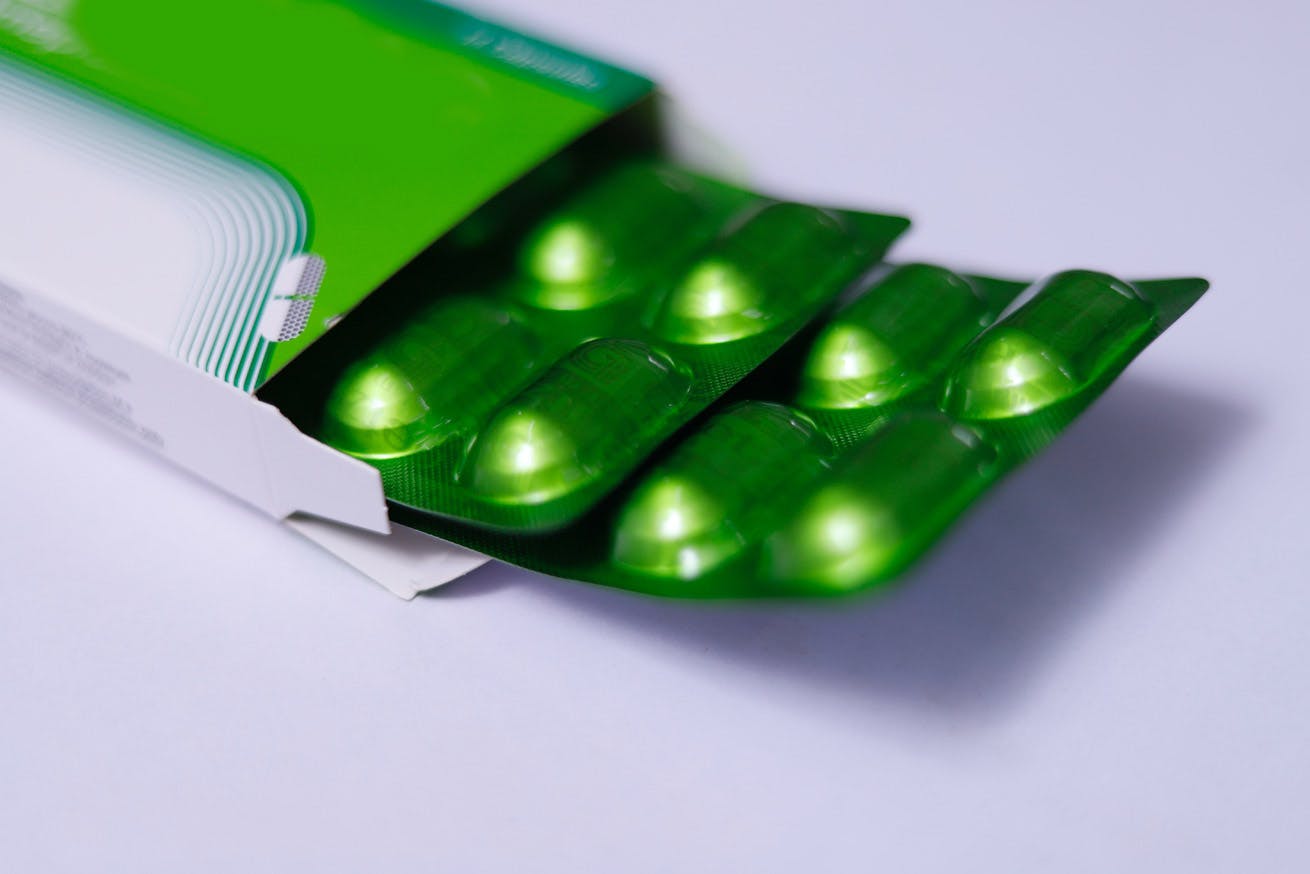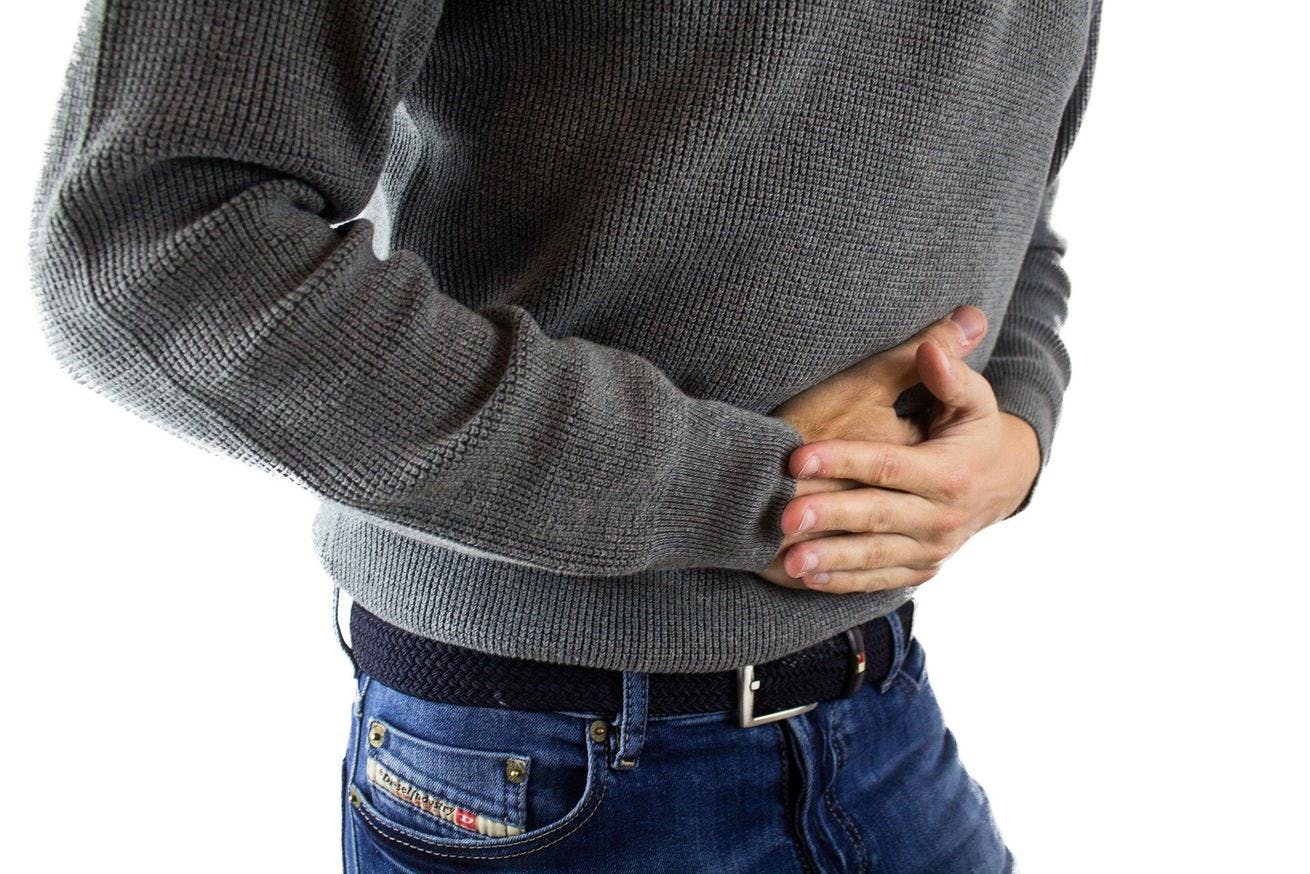Understanding the Impact of Reflux on Your Teeth
The effect of reflux on dental health is something that is often overlooked by clinicians, and even reflux specialists, who see patients for reflux and reflux-related disorders. However, there is a growing amount of research showing an intrinsic link between the two, which may help sufferers of reflux (including GERD) get diagnosed and treated earlier. RefluxUK is delighted to share this expert overview by Dr Andrea Shepperson – globally recognised dentist and innovator in tooth wear - as she explores the relationship between acid reflux and the mouth, focusing on teeth.

What is Silent Reflux?
Silent reflux, also known as Extraoesophageal Reflux (EER) or Laryngopharyngeal Reflux (LPR), occurs when stomach acid reaches the throat and triggers various symptoms. While the name might suggest otherwise, the symptoms of silent reflux are often very noticeable for the patient. Some common symptoms include:
- chronic cough/asthma
- post-nasal drip
- croaky voice
- chronic ear and sinus problems
- feeling something stuck in the throat (globus)
- enamel and dentine loss in the mouth
Dental damage caused by EES/LPR is a silent reflux symptom that is often overlooked by health professionals.
Dental Signs of Silent Reflux
The corrosive nature of gastric acid can dissolve tooth enamel, causing dental erosion. Dental signs of silent reflux can creep up on patients, and they may not be aware that stomach acid is damaging their teeth until the damage becomes noticeable. The biting surfaces of molars and gumline of back teeth are often affected. There can be severe acid erosion on the teeth (front), especially if coughing or vomiting is triggered by LPR.
Identifying Acid Damage to Teeth
Dentists with expertise in tooth wear can detect signs of LPR by examining wear patterns on teeth. Some common signs of acid reflux on teeth and symptoms of acid damage include:
- thin transparent edges of front teeth
- pits or hollows on back teeth
- noticeable yellowing of teeth due to enamel loss
- changes in bite and clenching tendencies
- grooves or notches near the gumline
- increased sensitivity
- halitosis
- acid taste in mouth
The Connection Between Sleep Breathing Disorders, Reflux and Tooth Wear
Sleep-disordered breathing and sleep apnoea can also contribute to reflux and tooth wear. During sleep, if the airway is obstructed, negative pressure in the oesophagus may draw stomach acid upwards. Additionally, when lying down, gravity no longer helps keep acid away from the throat and mouth, potentially causing surface damage to tooth enamel. Acid pools around back teeth and silently removes tooth structure, leading to sensitive, hollowed back teeth, often with a slow collapse of the bite. Your dentist may ask you questions about your sleeping and breathing habits, looking for evidence of obstructed breathing. Reflux during sleep can also create laryngeal swelling and inflammation, creating a sense of being unable to breathe. In some cases, patients will report waking with a sense of panic that they can’t breathe and are choking, wanting to release the blockage by vomiting. The dental impact is significant, with severe damage to front teeth.
Collaborating with Medical Professionals for Diagnosis
Dentists will collaborate with gastroenterologists to investigate and diagnose EES/LPR. The gold standard for diagnosis is pH/impedance testing, manometry and gastroscopy. A new pH impedance test called Restech can be a less invasive way to pick up acid in the throat, and a useful indicator for the oral and dental effects of LPR.
The other test used by dentists, ENT specialists and gastroenterologists, is a lateral flow test similar to a covid test. Peptest is a sensitive indicator of pepsin, a digestive enzyme found in the stomach. It is not normally found in saliva. Saliva samples are collected at home by the patient and tested at the laboratory for the presence of pepsin. It provides a sensitive and non-invasive test to confirm that extraesophageal reflux may be a significant contributor to the patients symptoms, and particularly reflux related tooth wear. It is important to note that a Peptest cannot provide a formal diagnosis of silent reflux, but can aid in indicating its presence.
Treatment and Dental Management
Once diagnosed with EES/LPR, your gastroenterologist will provide treatment options. To prevent further tooth structure loss, it is crucial to have both a medical and dental management plan in place. Dental options may include products to improve oral pH and repair early damage. For moderate to severe tooth wear cases, dental reconstruction may be necessary. Regular monitoring of oral health is essential, considering the connection between dental and systemic health.
Maintaining Good Oral Health with Silent Reflux
Having a better understanding of silent reflux and its effects on teeth can help patients take proactive steps to protect their oral health. Early detection, collaboration with medical professionals, and consistent dental care can make a significant difference in managing silent reflux and preserving your teeth's health. Always keep your dentist informed of any reflux symptoms to ensure optimal oral health in the long run.
Blog Author
Dr Andrea Shepperson is known globally as The Tooth Wear Dentist. Author of 'Managing Tooth Wear: A Guide for General Practice', she runs a referral practice based in Auckland, New Zealand. A regular contributor to journals and dental industry publications, she is focused on digital diagnosis and inter-disciplinary management of tooth wear, helping patients, medical colleagues and dentists to understand and manage reflux-related tooth wear.

Speak to an expert
Think reflux might be having an effect on your teeth? Contact us and we can get you in touch with an expert to diagnose your symptoms.
speak to an expertReferences/further reading
- New pH impedance test called Restech - https://www.restech.com/
- Peptest - https://www.peptest.co.uk/
- Oral Implications of Gastroesophageal and Laryngopharyngeal Reflux Diseases - https://dimensionsofdentalhygiene.com/article/oral-implications-gastroesophageal-laryngopharyngeal-diseases/
- Managing Tooth Wear - https://www.edrapublishing.com/home/620/managing-tooth-wear-a-comprehensive-guide-for-general-practice.html
- The Tooth Wear Dentist - https://www.andreashepperson.com/about/



